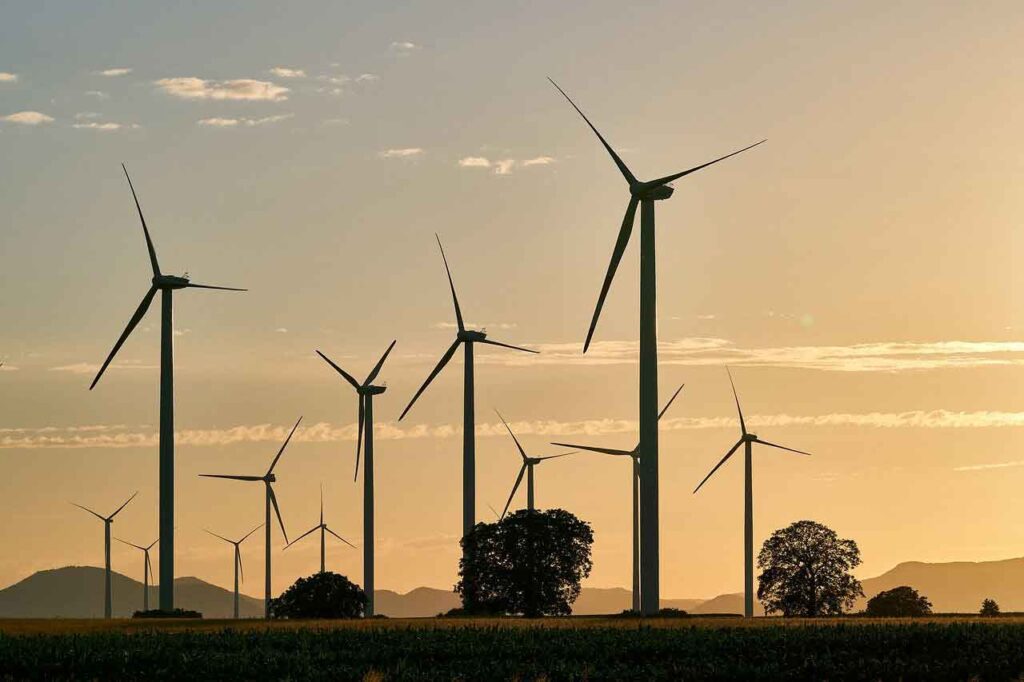Denmark is a Global Leader in Wind Energy Use
European countries are world leaders in using wind energy with Denmark leading the front.
In 2019, about 47% of the energy consumption in Denmark was obtained from wind energy, due to its enhanced offshore technology. During the previous year of 2017 and 2018, it accounted for 43% and 41% respectively. Following Denmark, Ireland obtains 28% of wind energy in 2018.
By 2030, Denmark targets to cut down greenhouse gas emissions by 70%.

Denmark is world leader in producing wind energy.
Artificial Wind Energy Island
Denmark is planning to build a huge £25bn artificial wind energy island, located 50 miles (80km) offshore in the center of the North Sea. As the largest construction project in Danish’s history, it will operate as a major renewable energy hub. It has great potential to produce green energy on large scale and decrease non-renewable fuels.
The country was also the first to build an offshore wind farm in 1991. It was set up close to the Danish island of Lolland and authorized by Orsted. Vestas, another Danish firm is a leading player in wind energy.
Energy Hub for Europe
The island is projected to have a total area of close to 120,000 square meters. About 200 offshore wind turbines are set to be involved in the first phase of the project. This is set to have a capacity of 3 gigawatts (GW) which will send the electricity to the hub and later distributes it to other neighbouring countries through the grid.
The first phase of the project is expected to offer 3 million European households with green energy. The capacity of the grid is bound to expand to 10 GW in the future. According to Danish authorities, the grid could have the capacity to power 10 million homes in Europe.
Along with the artificial island, a 2GW second energy hub is also being proposed for the island of Bornholm, in the Baltic Sea.
The project is a private-public partnership with 51% of the stake owned by the government and the rest by the private sector.
The project is planned to begin by 2026. The following five years are used to execute environmental impact assessments on the seabed, joining private sector partners, and creating deals to link the two energy islands to Belgium, the Netherlands and Germany. The first phase is planned to be functional by 2033.
The island will also provide opportunities to expand the project, for instance by constructing a harbour and facilities for storage and conversion of green electricity from wind turbines that are located closer to the sea.
As climate change intensifies, renewable energy sources are becoming more significant to power homes. The project is set to expand wind energy production and distribute power not just for Denmark but other neighbouring countries as well. It will act as an example for other coastal countries to produce their own green energy.